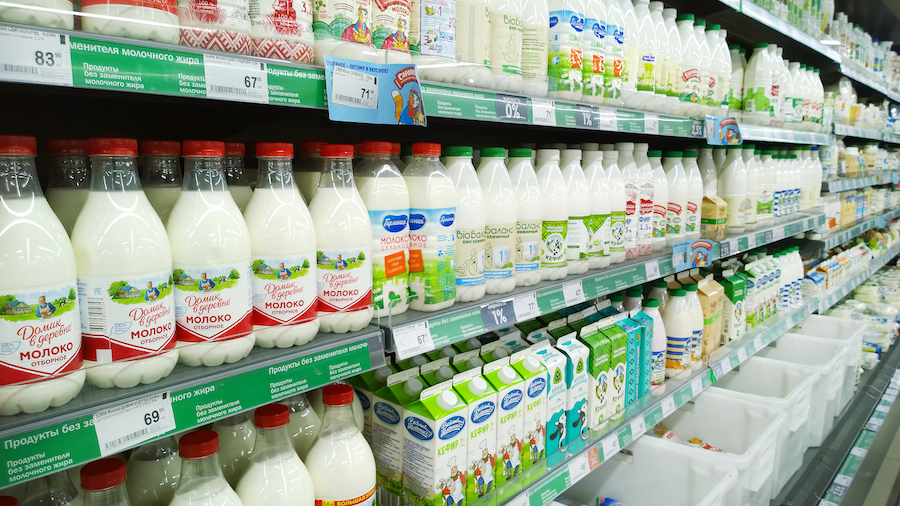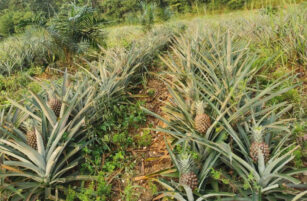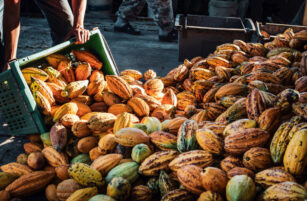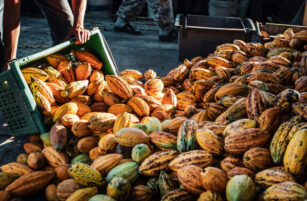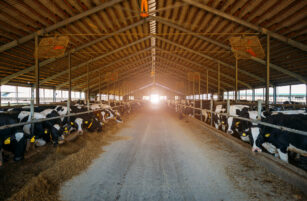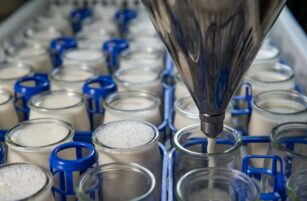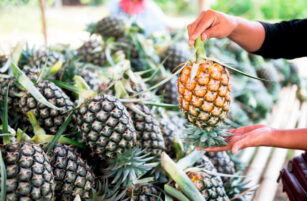- Last time, we looked at what drives demand for dairy products, particularly liquid milk.
- We demonstrated how technological and scientific developments have aligned with this.
- We now look at consumer trends, before tracing these back to see how they affect the supply chain.
Retail Trends
In the 1960s, as a five-year old living in a village in the north of England, I still remember the day we stopped at the green grocers (a fruit and vegetable shop) and the owner had something unusual on display in little pots and suggested we take one home to try.
It was probably expensive, but we did so, and I’d never tasted anything so delicious. It was Ski’s Strawberry Yoghurt from Express Dairies (“made to a Swiss recipe with real fruit”).
In the early 2000s, I was living in the US and was first introduced to Velveeta, which, when mixed with a can of Ro-Tel diced tomatoes and green chillies, makes a magical dipping sauce.
It was only later that I discovered Velveeta didn’t contain any cheese, though there are other dairy products in it, such as whey and milk protein concentrates. Which product thrived and which struggled? Ski or Velveeta?
Read on, as these anecdotal stories have relevance…
If you live in a western country, you may have heard the saying “you can never find the flour and the eggs in the supermarket”. They are likely hidden away at floor level in the middle aisle as they’re necessities that must be stocked to retain customer loyalty but represent low margin opportunities for the retailer.
Milk is a little more prominent, partly because it often requires refrigerated cabinets and higher value dairy products can be displayed simultaneously. However, liquid milk consumption in western countries is declining and still presents limited margin opportunities for the retailer. In fact, readers in these countries, when did you last see and advertisement for liquid milk?
Now consider some of the processed dairy products. Look at all those tasty cheeses at the delicatessen counter. Some of these have a greater than 50% mark-up. Chocolate might even make it to the end-of-aisle display, which is the most valuable part of the retail space, especially with Christmas approaching. And I haven’t even discussed high-end bakery products and ice cream yet.
What about if you live in South America, Asia, or Africa? The story is very different.
In many countries, milk, yoghurt and, to a lesser degree, butter, are considered premium products, and are on prominent display. There are sometimes even sales staff (merchandisers) on hand to guide you to the most profitable items, with free giveaways attached to the side of the packs. There are advertisements, even on TV, with movie stars hired for filming liquid milk promotions, especially for premium brands in Europe and Australia, with the country of origin’s flag prominently displayed to add additional value and promote safety.
This is clearly a profitable venture for the retailer and consumption is growing rapidly from a relatively new and wealthier urban middle class. There are even government nutritional programmes promoting milk as a healthy product.
In some countries, though, even in the largest supermarkets, there’s no deli counter and your selection of cheese may be as little as those square slices of highly processed cheese, normally cheddar, for sandwiches or burgers. On the aisles, the story of prominent items for display also includes infant formula milk.

Some Lessons
In 2002, the Food and Drug Administration warned the manufacturer that Velveeta could no longer be described as a “cheese spread” and needed to be labelled as “cheese product” and sales temporarily slumped.
In 2004, however, two of the US food industry’s biggest rivals joined together to market Velveeta (Kraft Heinz) and Ro-Tel (Conagra) side-by-side in store and in adverts. It was a brilliant success and, today, remains the signature dip of any Superbowl party.
Sales and marketing can be as important as the product in the dairy industry.
In the UK in 1969, Express Dairies was purchased by Grand Metropolitan but, as with the Velveeta story, the brand fell on hard times because of two rivals, Prize Yoghurt (St. Ivel) and Cool County (Unilever), both of which had home-delivery milk vans that could sell yoghurt as well as similar retail chains into the supermarkets.
The 1972 UK recession only made matters worse. Ski eventually recovered by “out of the box” marketing initiatives that are still taught in universities today. This included mass surveys on product choice, which revealed that thicker yoghurt was considered desirable.
So, Ski hired Stephen Logue who had also worked at Crown Paints to fix this. Putting the label on the side rather than just on the top was also an innovation, but the real coup was to work with Tesco by persuading them to add yoghurt to a “Dustbin Audit”. Think collecting household trash bags and counting what’s inside them…
Ski turned out to be the number one yoghurt brand and Grand Metropolitan went on to pay for in-store promotions – something revolutionary at the time. Ski had won the battle. Yes, again, you got it: sales, marketing and development can be as important as the product in a mature dairy market.
The market in the developing world is radically different to the west, which relates to product differentiation and new ideas for growth. In the developing world, there’s ample room for both growth in liquid milk consumption as well as a chance for the West to export more high value processed dairy products, including milk powders.
And finally, both Ski and Velveeta struggled and then thrived in the end. Others didn’t learn the lesson.
In one last twist, Ski moved from “made to a Swiss recipe” into the hands of Lactalis Chilled Dairy – a division of the giant Swiss conglomerate Nestlé.
